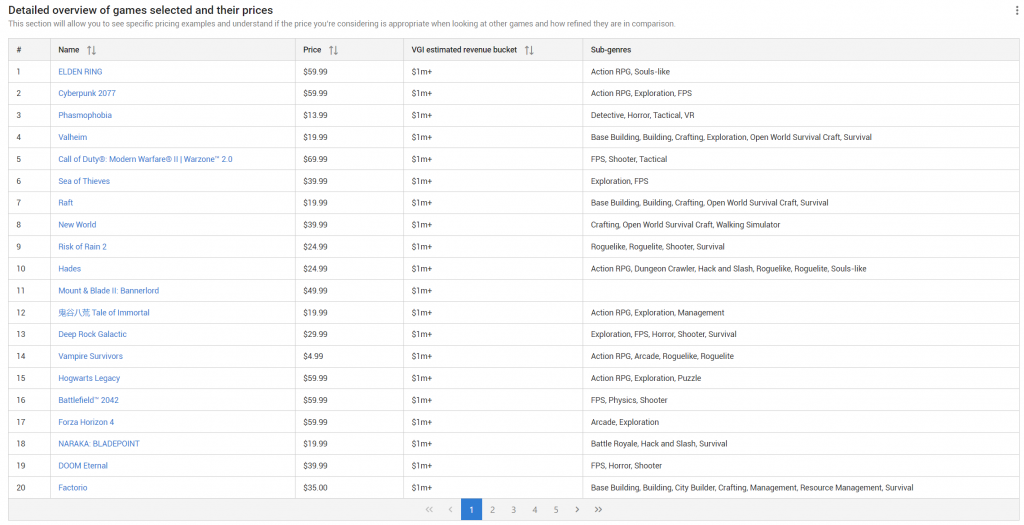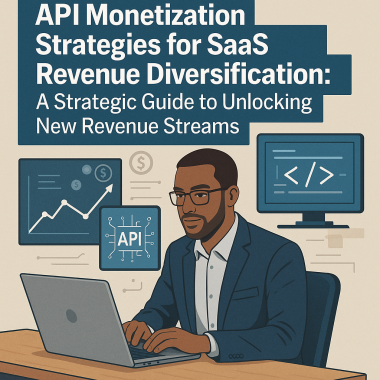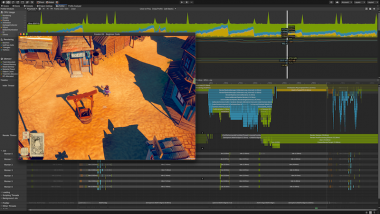As an indie game developer, you’ve poured countless hours into creating a unique and engaging experience for your players. You’ve crafted a world full of intriguing characters, dynamic environments, and innovative gameplay mechanics. Now it’s time to put a price on your masterpiece. But how much should you charge? This article will provide a comprehensive guide to pricing your indie game, discussing essential factors to consider, effective strategies, and the impact of pricing on your success.

Understand the Market
Before setting a price for your game, take the time to research the market. Identify similar games in terms of genre, mechanics, and target audience. Evaluate their prices and compare them to your game. This analysis will give you a good understanding of the competitive landscape, and help you determine a price range that’s appropriate for your game. VG Insights provides some great tools to research entire Steam market.

Pricing your indie game can be a daunting task, especially when entering a highly competitive market. However, with the right market research, you can make an informed decision and set a price that maximizes your revenue potential while providing value to your players. In this article, we will guide you through the steps to conduct comprehensive market research for indie game pricing.
- Identify Your Target Audience
Before diving into market research, it’s essential to identify your target audience. Ask yourself these questions:
- Who will play my game?
- What are their interests?
- What platforms do they use?
Once you have a clear understanding of your target audience, you can begin researching the market from their perspective.
2. Analyze Your Competition
To gain valuable insights into pricing strategies, it’s crucial to analyze your competition. Start by identifying games that are similar to yours in terms of genre, gameplay, and target audience. Compile a list of these games and take note of their prices.
When analyzing your competition, consider the following factors:
- Release date: Are the games recent or older? Older games may have lower prices due to depreciation.
- Platform: Different platforms may have different pricing standards. Take this into account when comparing prices.
- Success: How successful are these games? Higher-priced games may justify their price tag with exceptional quality or popularity.
3. Determine Your Game’s Value Proposition
Your game’s value proposition is the unique combination of features and benefits that differentiate it from other games. Consider the following aspects when defining your value proposition:
- Gameplay: Is your game innovative or does it offer a unique gameplay experience?
- Graphics and art style: Does your game stand out visually compared to other games in the market?
- Story and characters: Do your game’s story and characters offer a unique experience that engages players?
- Replayability: Does your game encourage multiple playthroughs or offer a high level of content?
By understanding your game’s value proposition, you can better position it within the market and determine an appropriate price.
Evaluate the pros and cons of each strategy and consider how they align with your game’s value proposition and target audience.
4. Conduct Surveys and Collect Feedback
Before finalizing your price, it’s essential to gather feedback from your target audience. Create a survey that asks about their willingness to pay for your game and any factors that may influence their decision. Share the survey on relevant gaming forums, social media platforms, and with your existing audience if you have one.
Collecting feedback not only helps you gauge the market’s response to your proposed pricing but also provides valuable insights for future marketing and development efforts.
Conducting market research for indie game pricing is a vital step in ensuring the success of your game. By identifying your target audience, analyzing your competition, determining your game’s value proposition, evaluating pricing strategies, and gathering feedback from potential players, you can confidently set a price that appeals to your audience and
Evaluate Your Development Costs
It’s crucial to factor in the costs of developing your game when setting a price. Consider expenses such as software licenses, hardware, marketing, and any contractors you’ve hired. Calculating the total cost will give you a better understanding of the minimum revenue you need to generate to break even or make a profit. This information can help guide your pricing decision.
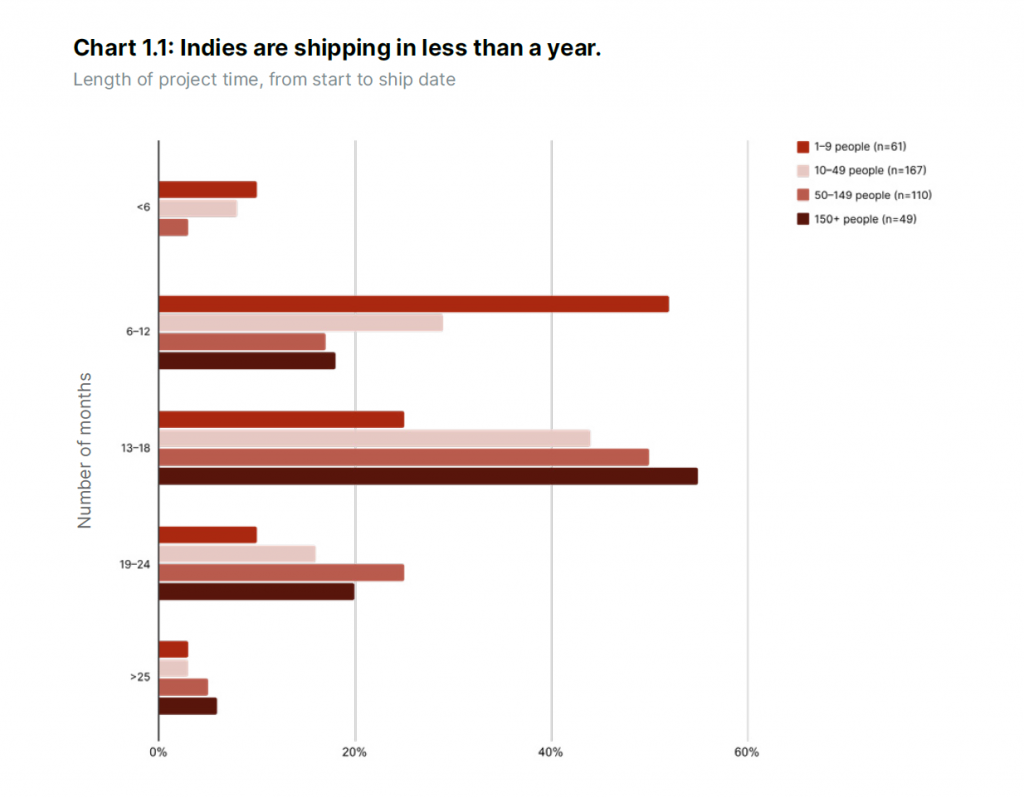
First and foremost, it’s crucial to assess the team’s size and skill set required for the project. The development team’s composition directly impacts the overall cost, as salaries or contractor fees account for a significant portion of the budget. Be realistic about the expertise needed to create your game, as the scope and complexity of the project will dictate the number of team members and their specialties. These roles may include game designers, programmers, artists, sound designers, and writers, among others. It’s essential to budget for these roles accordingly and consider whether you’ll be hiring full-time employees, contractors, or utilizing revenue share models. For example, a game designer might earn between $50,000 and $70,000 annually, whereas a programmer could make between $60,000 and $90,000 per year.
The development time for your indie game is another vital aspect of cost evaluation. Development time depends on the scope and complexity of your project, as well as the experience and efficiency of your team. A more extended development period will inevitably lead to higher costs, so it’s essential to estimate the time needed to complete the project accurately. Consider setting up milestones and deadlines to track progress and avoid unforeseen delays that could inflate costs. For instance, a simple 2D platformer may take six months to a year to develop, costing around $50,000 to $100,000, while a more complex 3D game might take two to three years and cost $200,000 to $500,000.
Technology plays a significant role in indie game development costs, as the choice of game engine, software, and hardware resources can affect the budget. Game engines such as Unity or Unreal Engine come with licensing fees, while other open-source engines, like Godot, can help reduce costs. The decision to develop for specific platforms (e.g., PC, console, or mobile) can also impact the budget, as each platform may require additional licensing fees, hardware, or specialized developers. For example, Unity’s Plus subscription costs $40 per month, while Unreal Engine takes a 5% royalty on gross revenue after the first $3,000 per game per calendar quarter.
Marketing is a frequently underestimated aspect of indie game development costs. Generating awareness and excitement for your game is essential for its success, so allocating a budget for marketing efforts such as advertising, social media, website development, promotional materials, and events like game expos is crucial. A reasonable marketing budget can range from $5,000 to $20,000 or more, depending on your game’s scope and target audience.
Lastly, always account for contingency planning in your budget. Unforeseen expenses and issues may arise during development, so having a financial cushion can help mitigate these risks. It’s recommended to allocate an additional 10-20% of your total budget for unforeseen costs.
Perceived Value and Quality
The perceived value of your game will play a significant role in determining how much players are willing to pay. High-quality graphics, an engaging story, and polished gameplay mechanics will justify a higher price. Take a step back and evaluate your game objectively – would you pay the price you’re considering for a game of this quality?
Target Audience
Consider your target audience when pricing your game. Different demographics may have different expectations and price sensitivities. For example, casual gamers may be less willing to pay a high price for a game, while hardcore gamers might be more accepting of a higher price tag for a deep, immersive experience. Aligning your pricing with the expectations of your target audience can lead to greater success.
Pricing Strategies
There are several pricing strategies you can employ when setting the price for your indie game:
a. Premium Pricing: If your game offers a unique experience, high-quality graphics, and innovative gameplay mechanics, you can charge a premium price. This approach can create an impression of exclusivity and higher quality, attracting players willing to pay more for a superior experience.
b. Competitive Pricing: Set your price in line with other games in your genre and target market. This strategy ensures you remain competitive and don’t price yourself out of potential sales.
c. Penetration Pricing: Launch your game at a lower price to attract a larger audience, then gradually increase the price over time. This strategy can help you build a player base, generate positive reviews, and create word-of-mouth marketing.
d. Freemium or Free-to-Play: Offer your game for free with in-game purchases, such as cosmetics or additional content, that generate revenue. This model can attract a large player base, but be cautious of over-monetizing and alienating your audience.
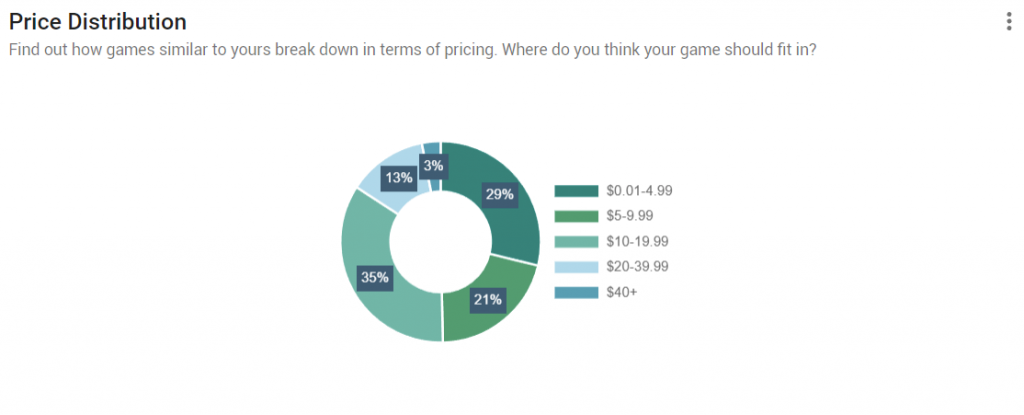
Discounts and Sales
Temporary discounts and sales can be a great way to attract new players or re-engage existing ones. Offering a discount for a limited time can create a sense of urgency, encouraging players to purchase your game before the price returns to normal. Time your sales strategically, such as during holiday seasons or when launching new content, to maximize their impact.
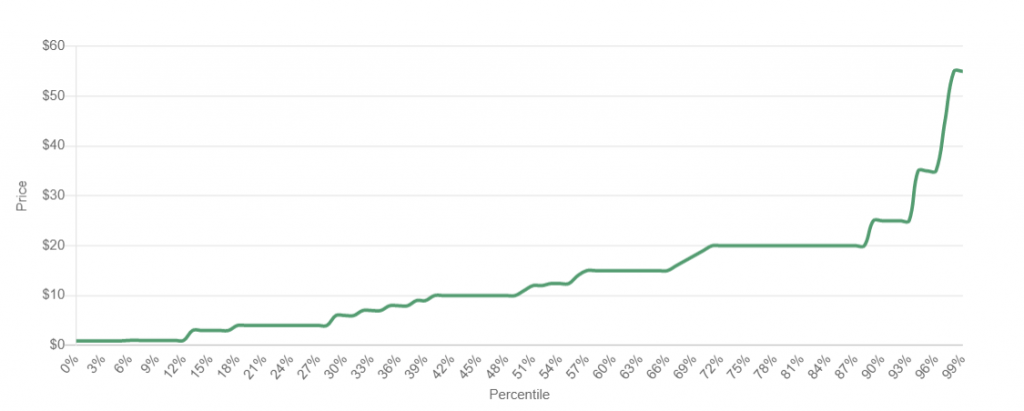
Bundles and Package Deals
Bundles can be a useful tool to encourage players to purchase your game. Offering your game in a bundle with other complementary titles can increase its perceived value and attract a broader audience. Alternatively, package your game with additional content, such as downloadable content (DLC) or expansions, to create a more enticing offer.
